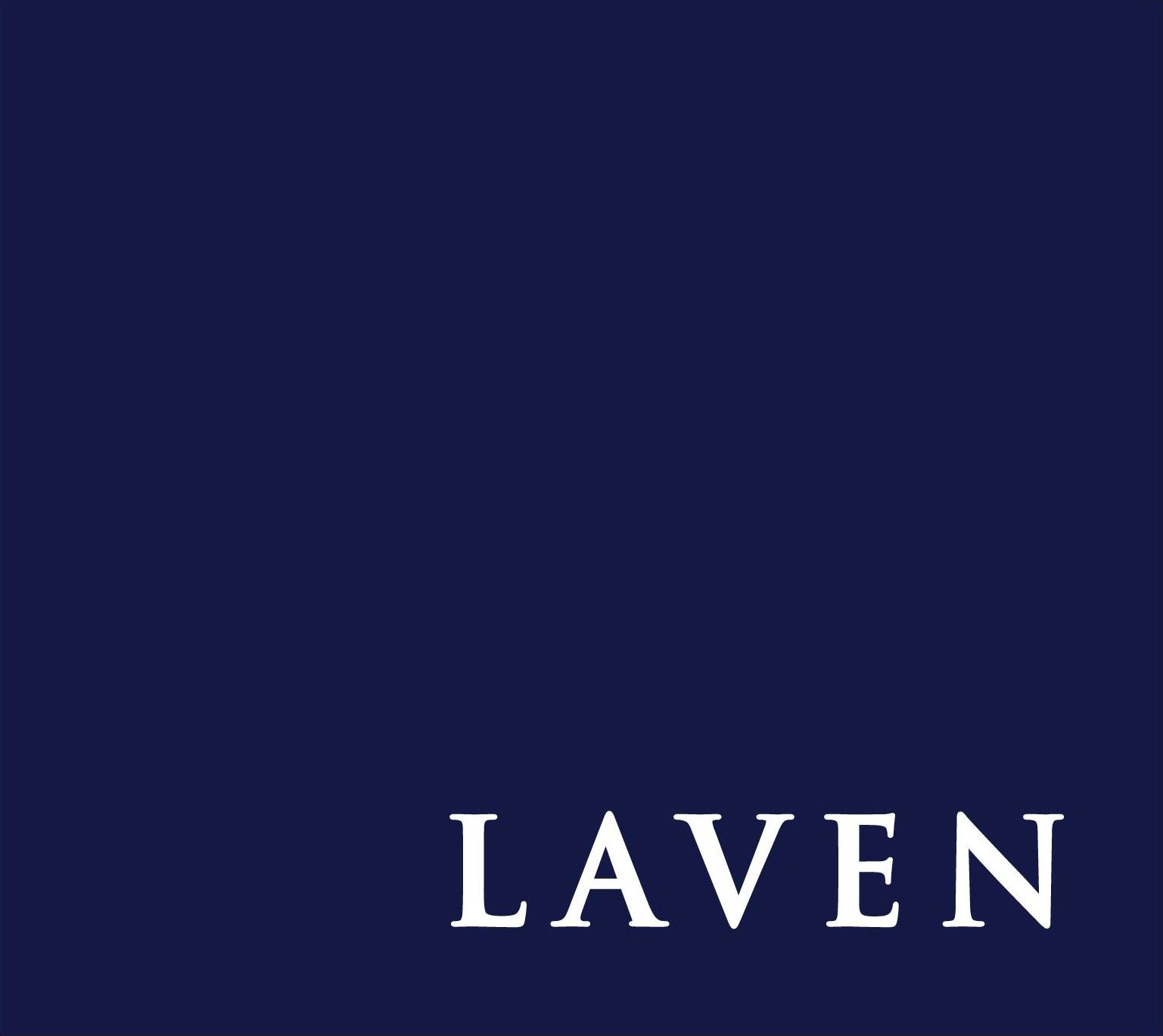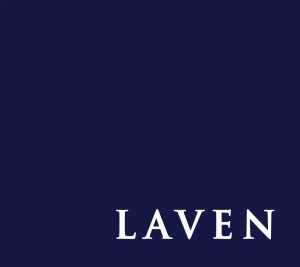The beginning of the new year brings in the next stage of the Investment Firms Prudential Regime (‘IFPR’). In particular, firms will need to begin their focus on the transition from the ICAAP to the new Internal Capital and Risk Assessment (‘ICARA’). The ICARA is a key area of change for firms which was highlighted in the FCA’s published consultation papers in 2021. The FCA states that the ICAAP and ICARA are ‘superficially similar’ but have key differences. We will explore these differences in this article and how they affect your firm.
On the surface level, the ICARA will need to be updated annually or upon material change and is thus treated as an ongoing process that firms must monitor.
Similar to the ICAAP process, the ICARA will need to demonstrate the controls, risk management and governance processes of a firm. Some of the Key ICAAP elements will remain necessary in the ICARA process, including areas such as:
· Business strategy
· Risk management
· Governance
· Pillar 1 and 2 calculations
· Wind down plans
· Stress testing and reverse stress testing (complex firms only).
The FCA set out the ICARA process in CP21/7, stating that firms should assess the following:
- Identification and Monitoring of Potential HarmsMuch like the ICAAP process, the ICARA will need to demonstrate that adequate risk management has been undertaken by the firm. As part of the ICAAP, firms were expected to conduct an assessment against a specific list of risk categories. However, under the ICARA process, the focus has shifted more onto the Firm’s business model; which means that firms are required to identify and monitor potential harms from both their market and its clients. The expectations of the FCA currently are that SNI firms will conduct the analysis at a lower level than a Non-SNI firm would. Examples of the types of potential harms that firms might consider are laid out in Annex 1 of MiFIDPRU 7.
- Review of Harm Mitigation processesAs part of the ICARA process, firms should assess the likelihood of the potential harms occurring and review the controls that are in place to mitigate them. It is expected firms will assess the appropriateness of its systems and controls in place for mitigating harms. Key to this is the appropriateness of the measures which reflect the firm’s risk appetite.
- Business model assessment, planning and forecastingFirms are now required to analyse and forecast both their capital and liquidity resources, this is to ensure that the firm has adequate financial resources to mitigate the risk of harms identified, and also to ensure that the Firm can fund the initial stages of the wind-down process.As in the ICAAP, complex Non-SNI firms are required to conduct stress and reverse stress testing to determine the vulnerabilities in the firm’s business. However, there is a much bigger focus on liquidity in the ICARA and stress testing will need to be more focused to a firm’s specific risks. Firms will need to understand the ease with which they can convert liquid assets into cash under stressed scenarios.If a firm is unable to sufficiently mitigate risks through their systems and controls, then the firm must assess the additional own funds and liquid assets required to cover these risks.
- Recovery Action Planning and Wind Down planningThe FCA has proposed that as part of the ICARA process, firms should identify appropriate recovery actions to help them to avoid a breach of the Overall Financial Adequacy Rule (OFAR) and re-establish compliance with OFAR if a breach occurs. The Firm’s recovery planning should be linked to its business model and explain how it would recover from a stressed scenario and prepare processes appropriately. Whilst the full documentation of a wind down plan was not required to be included in the ICAAP, under the ICARA this is a compulsory component of the documentation. Firms will have to review their recovery strategies in the instance of significant business disruptions. This should include timelines and trigger points for when and how to execute this plan. Wind down-planning should also be reflected in the level of own funds and liquid assets the firm determines are necessary to ensure an orderly wind-down.
In summary, the ICARA process will require an increased amount of time and input from senior management and those charged with a firm’s governance.
At Laven, we are prepared to support firms with their transition from ICAAP to ICARA and also firms who will be completing the ICARA process who have not previously completed an ICAAP.
If you’d like to explore this opportunity further, please get in touch via the link below:





